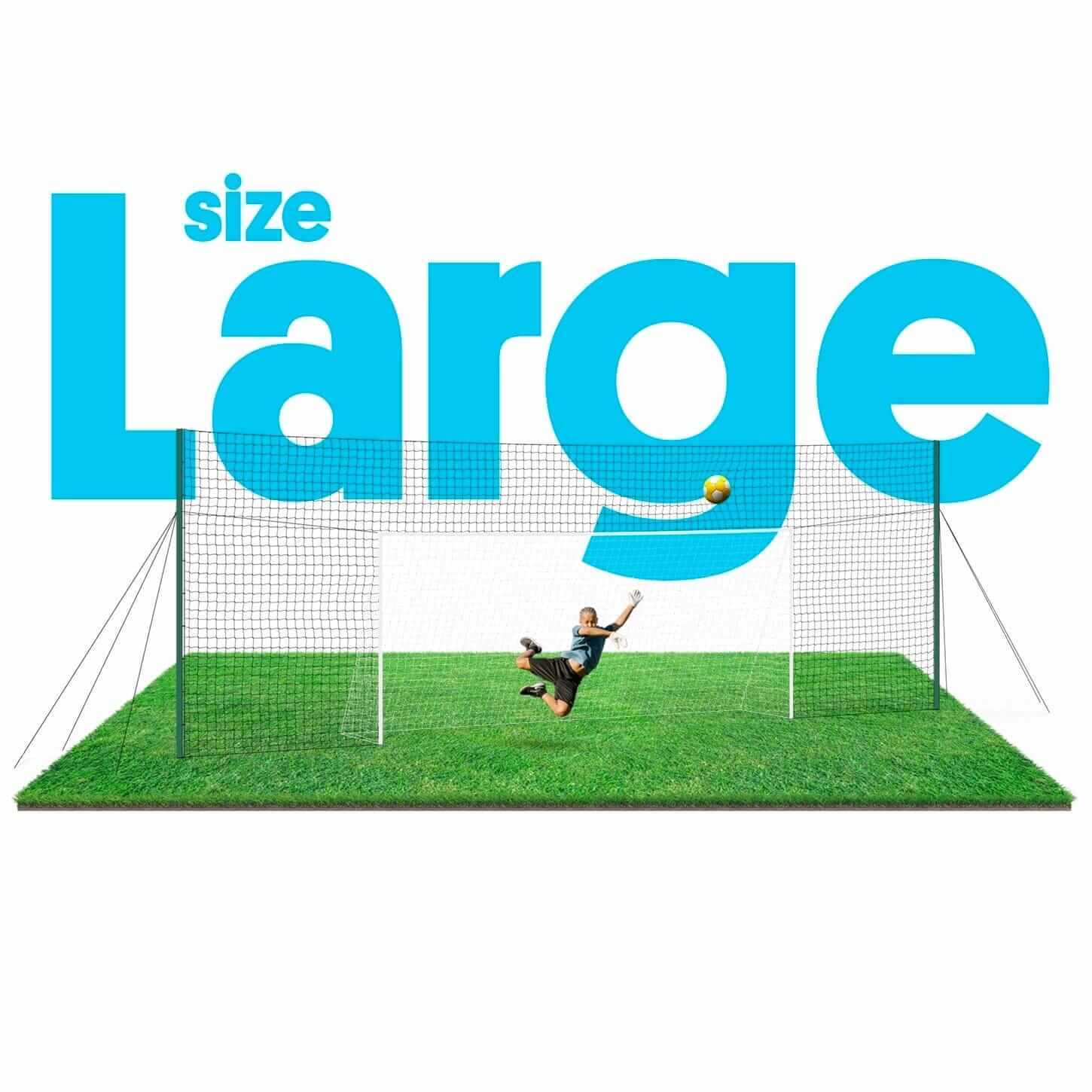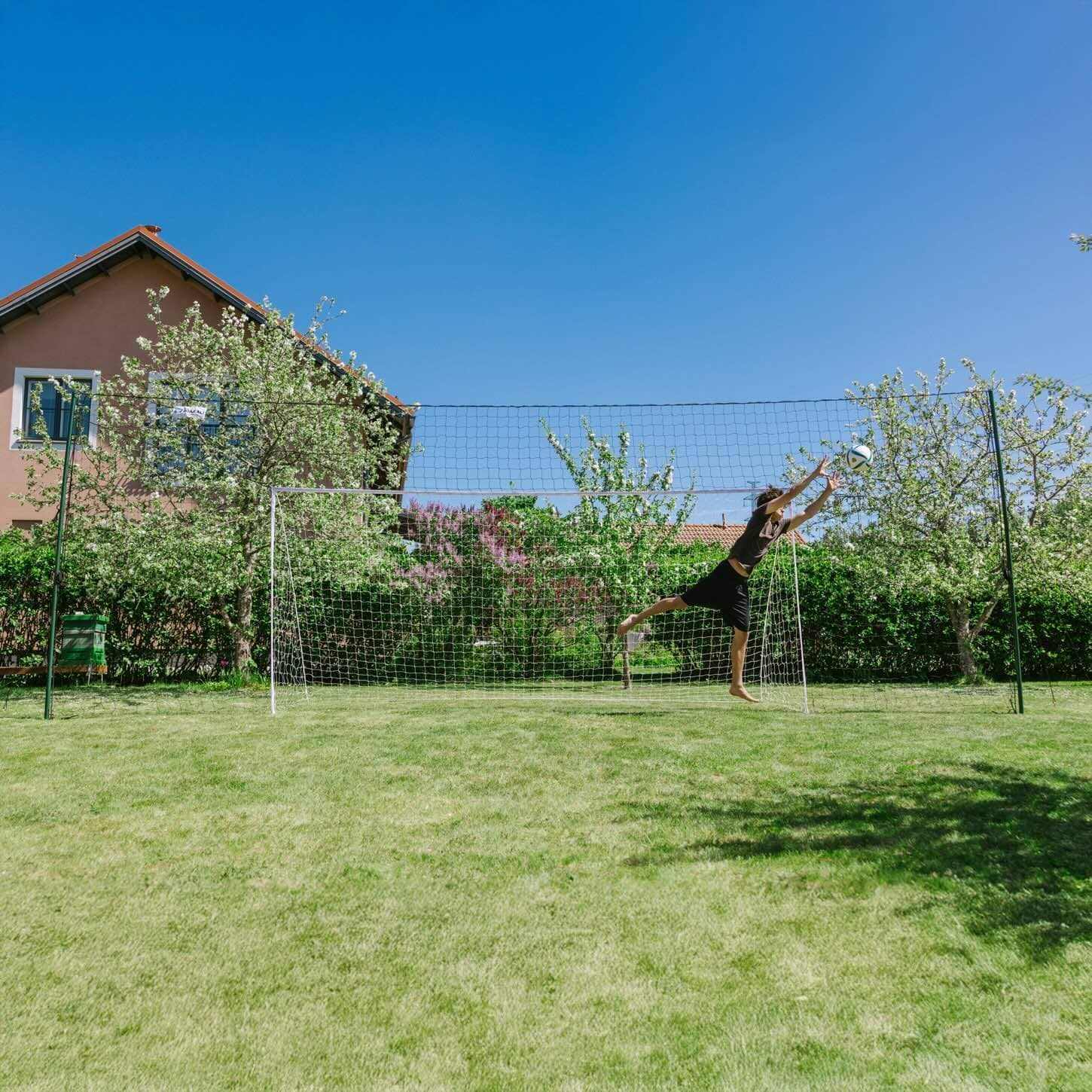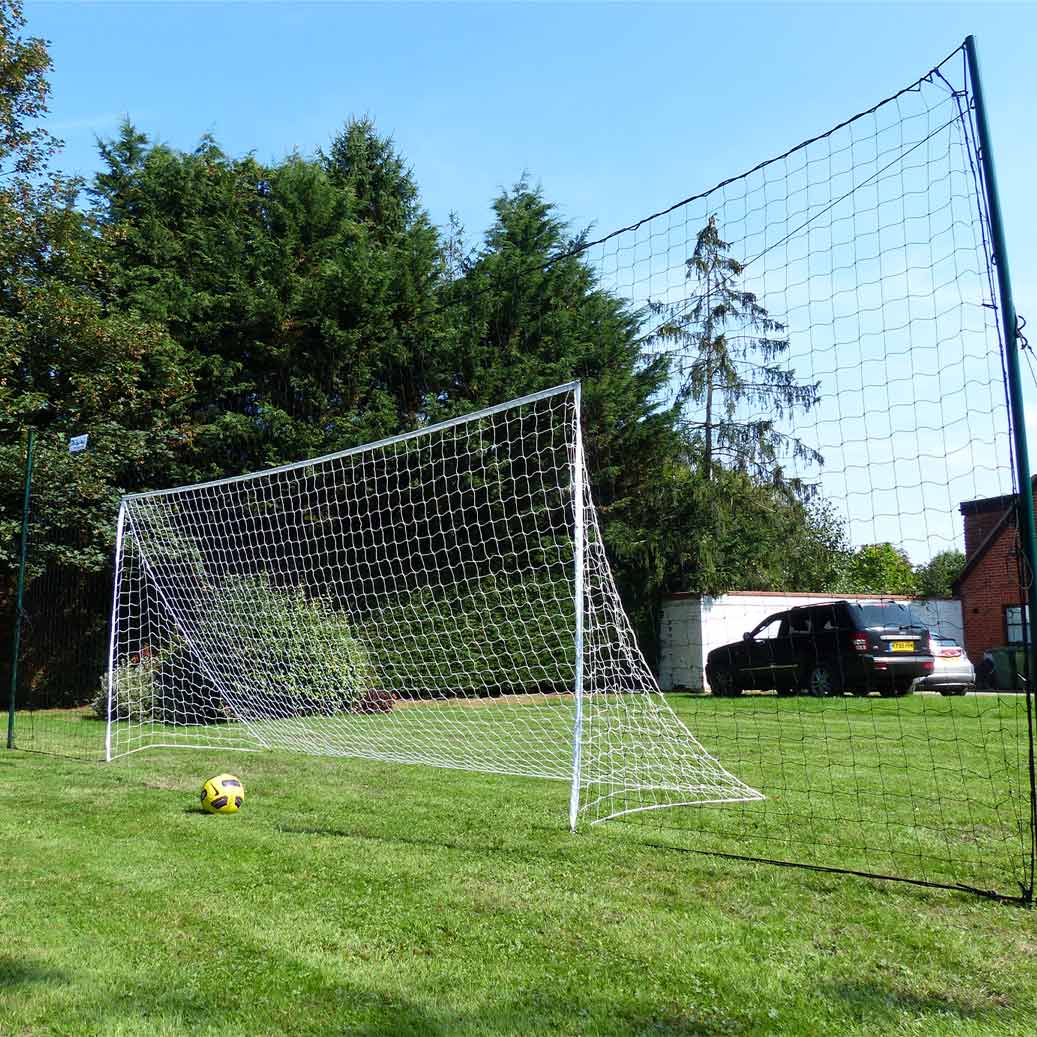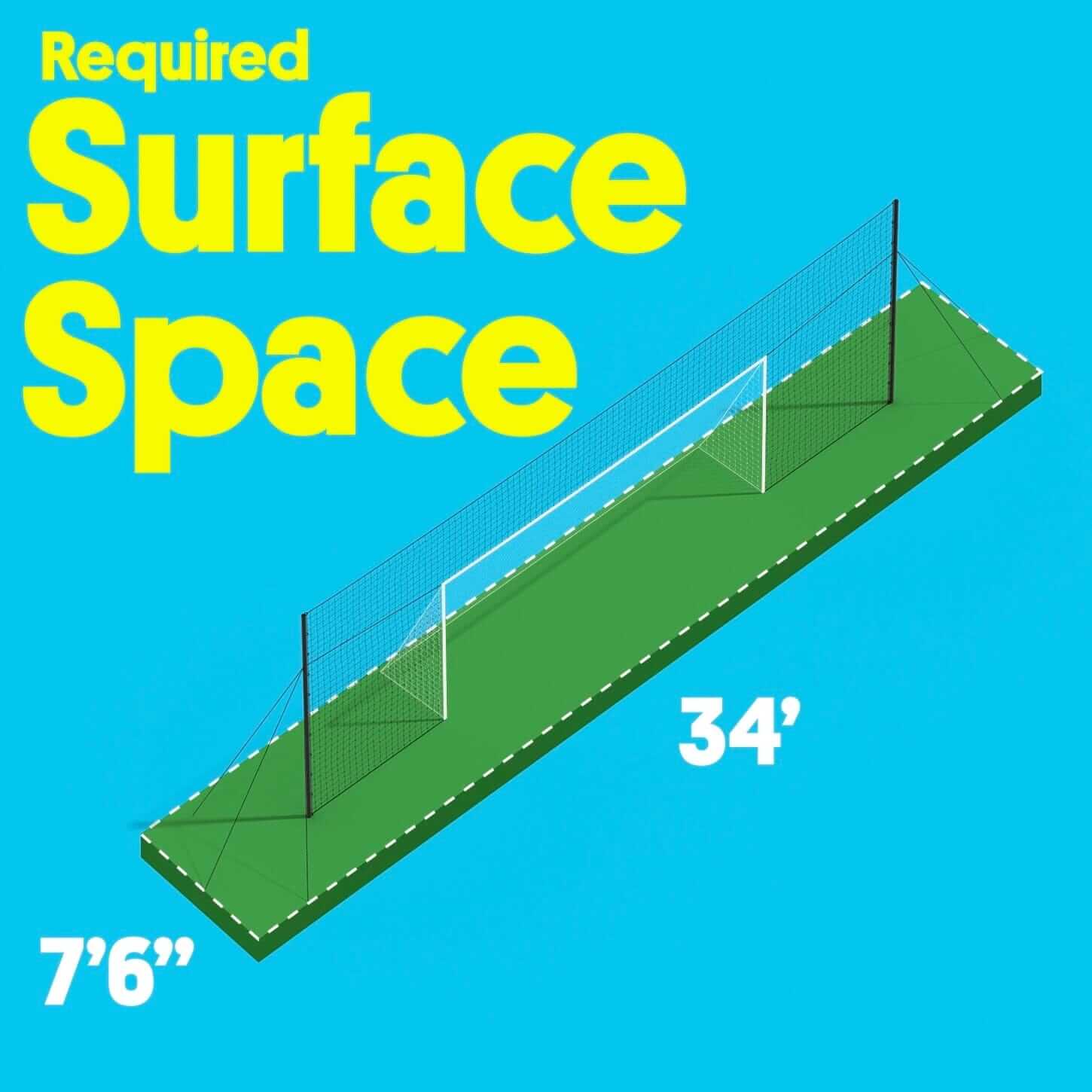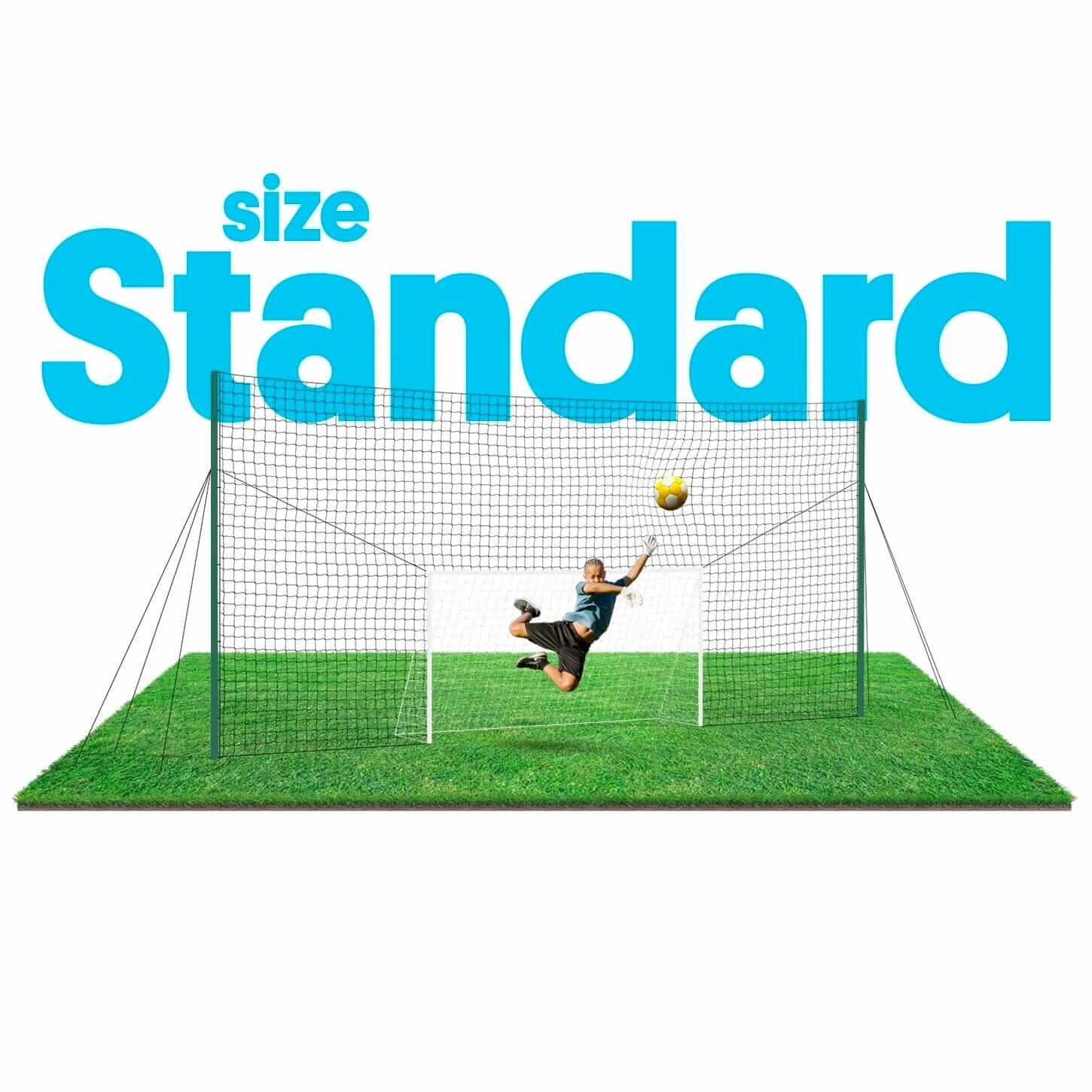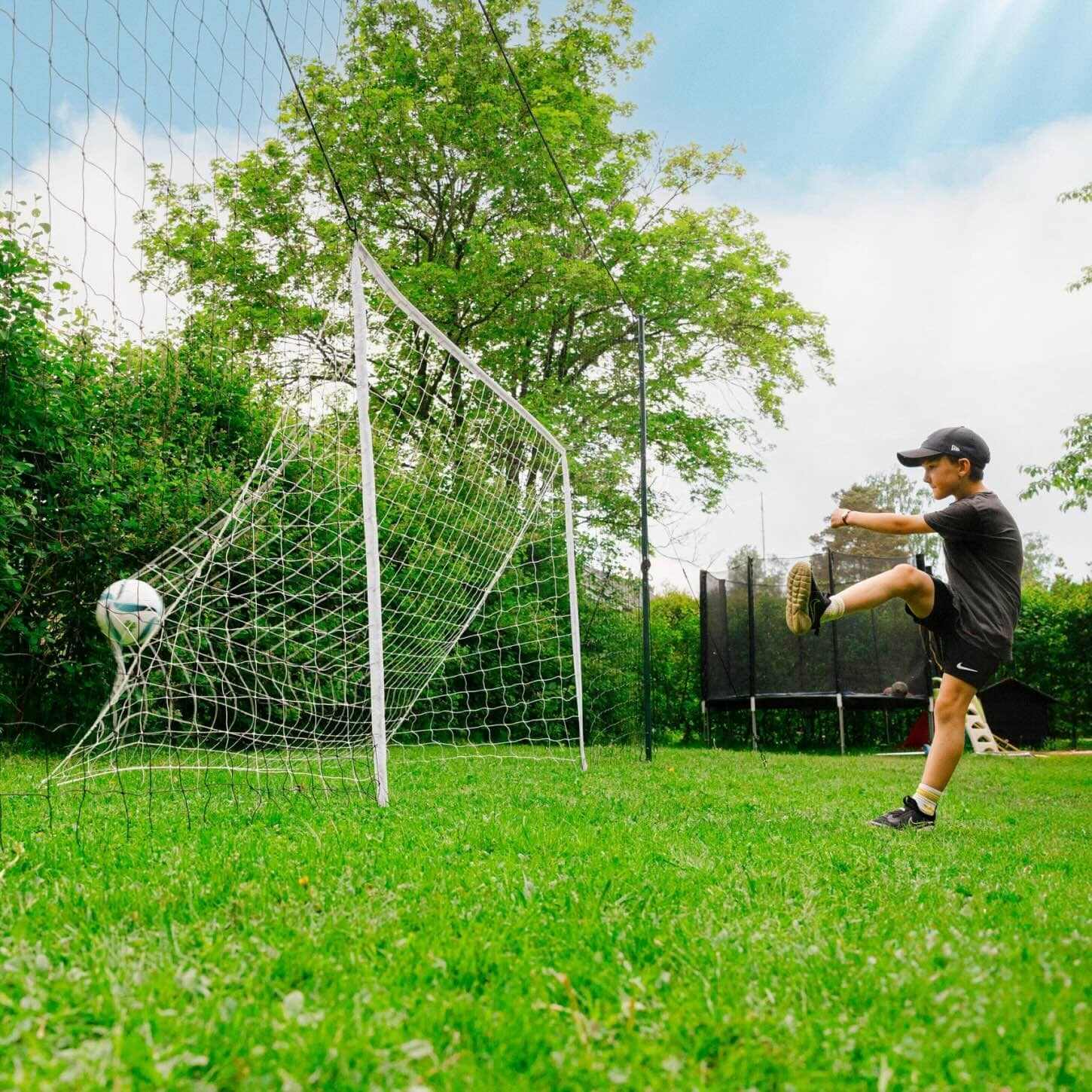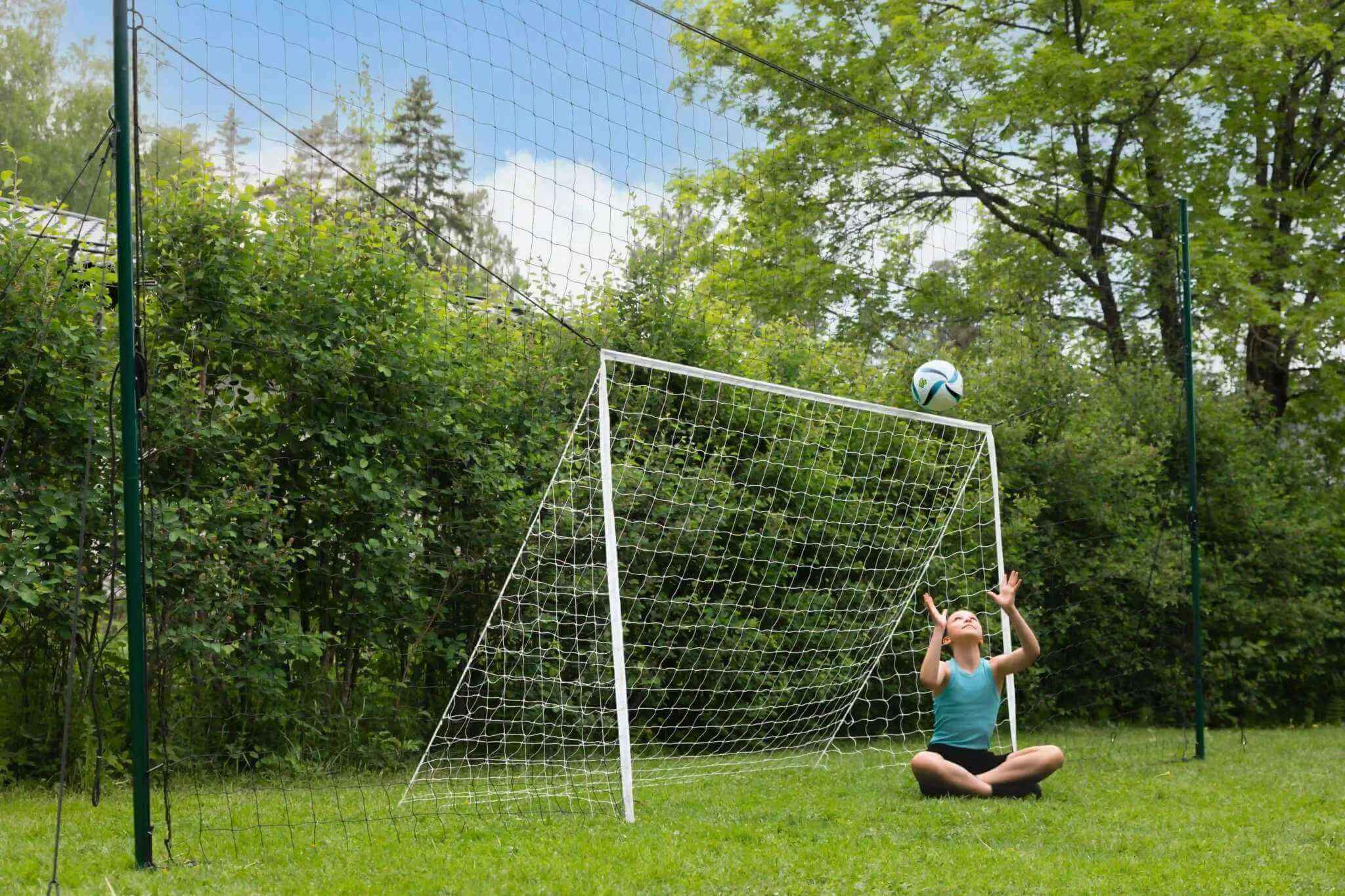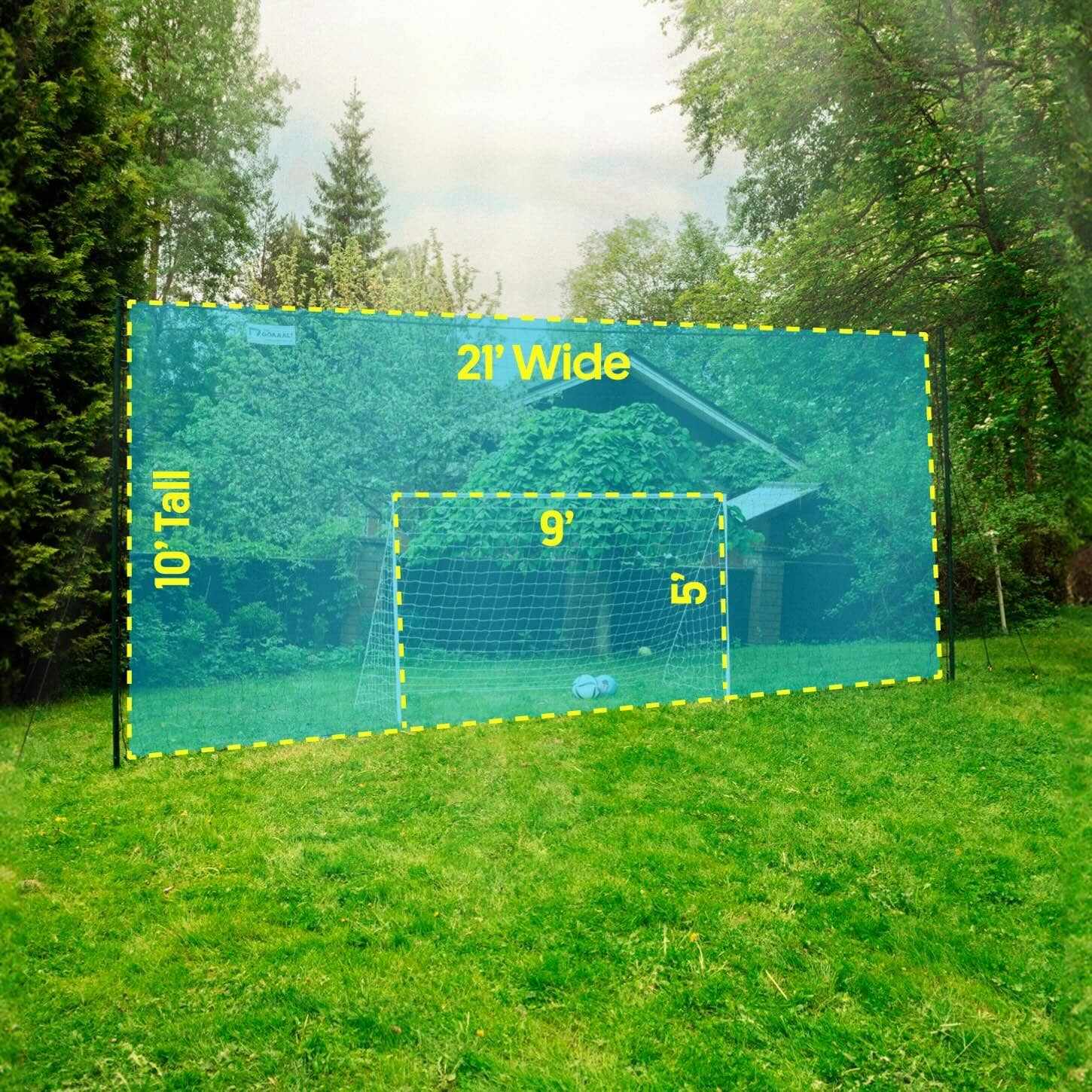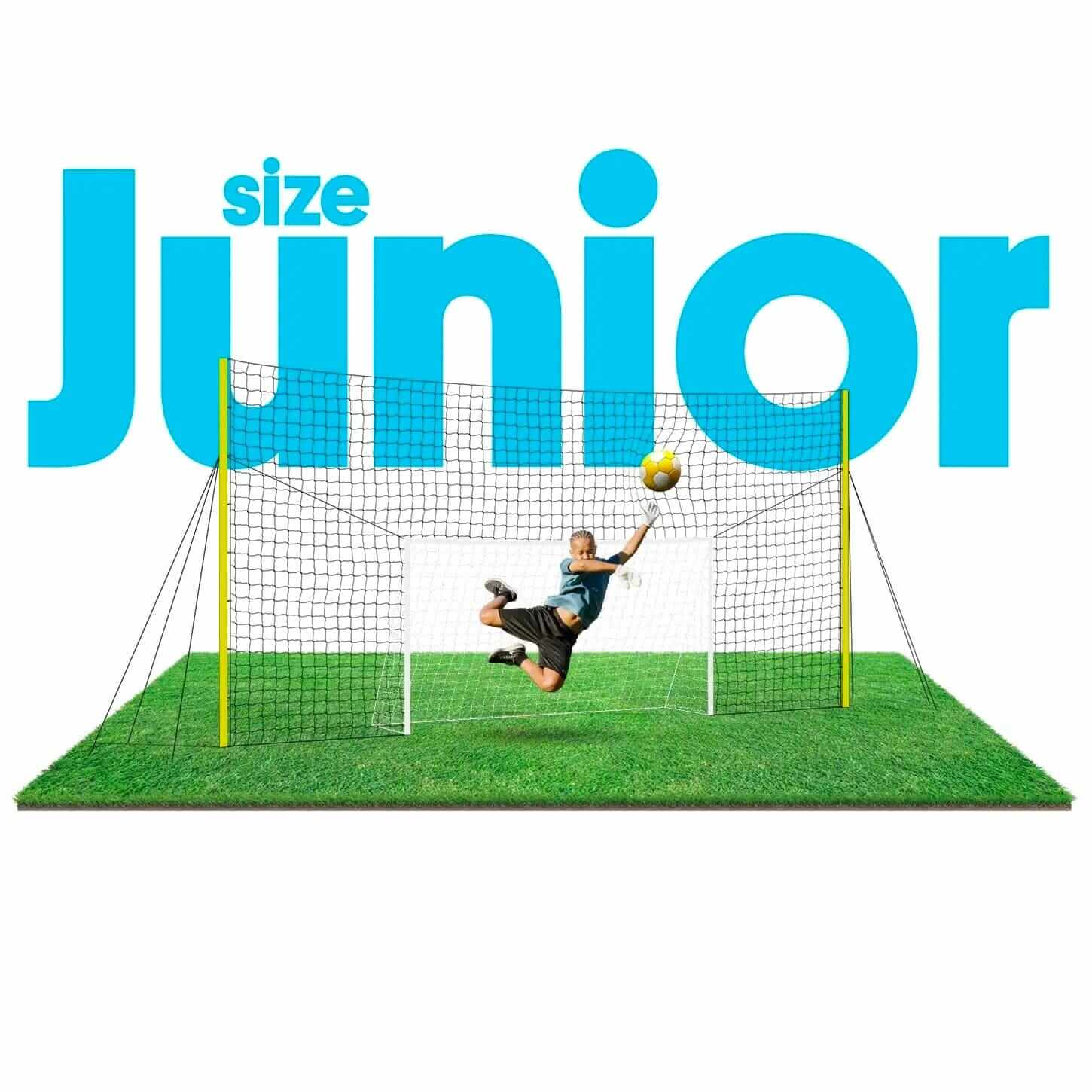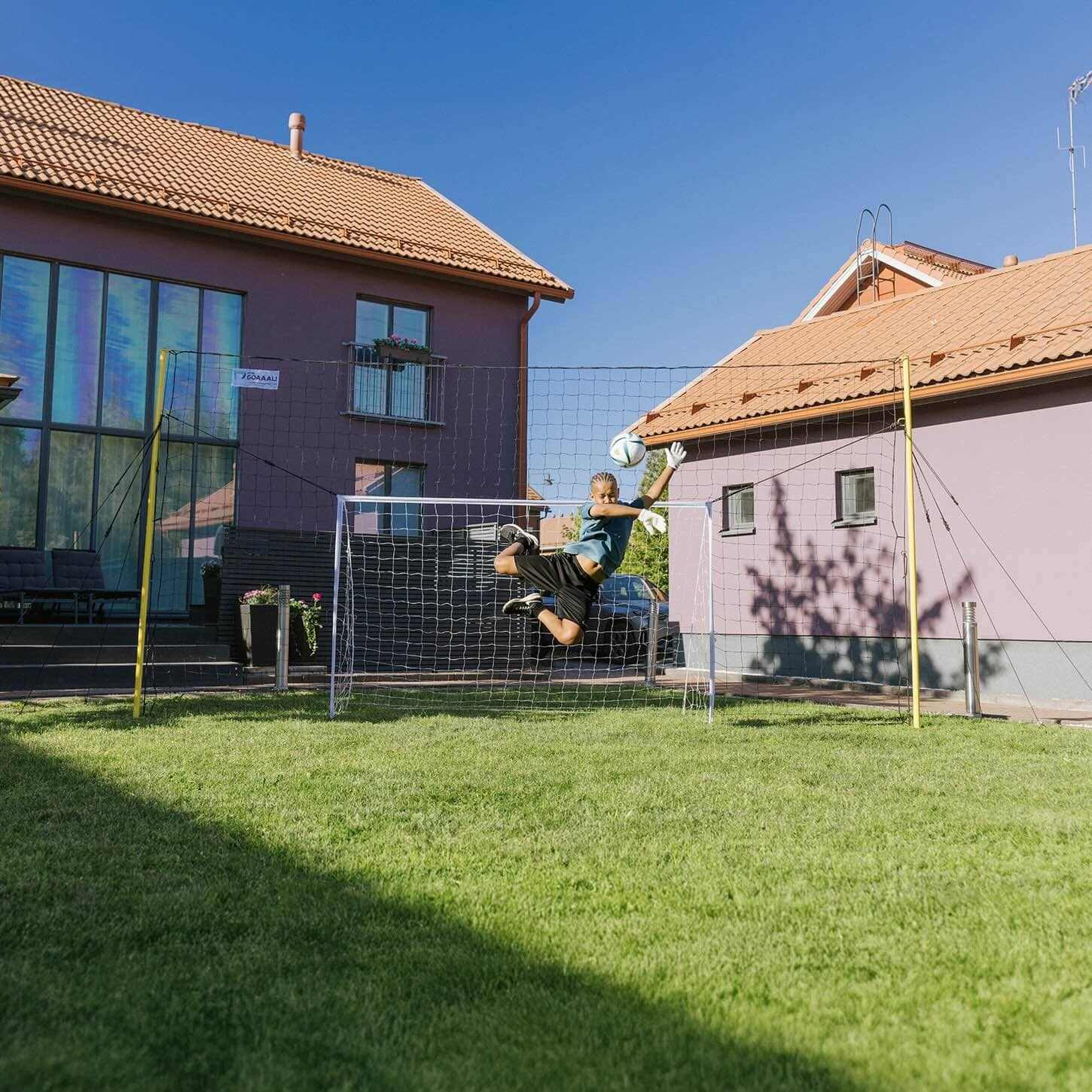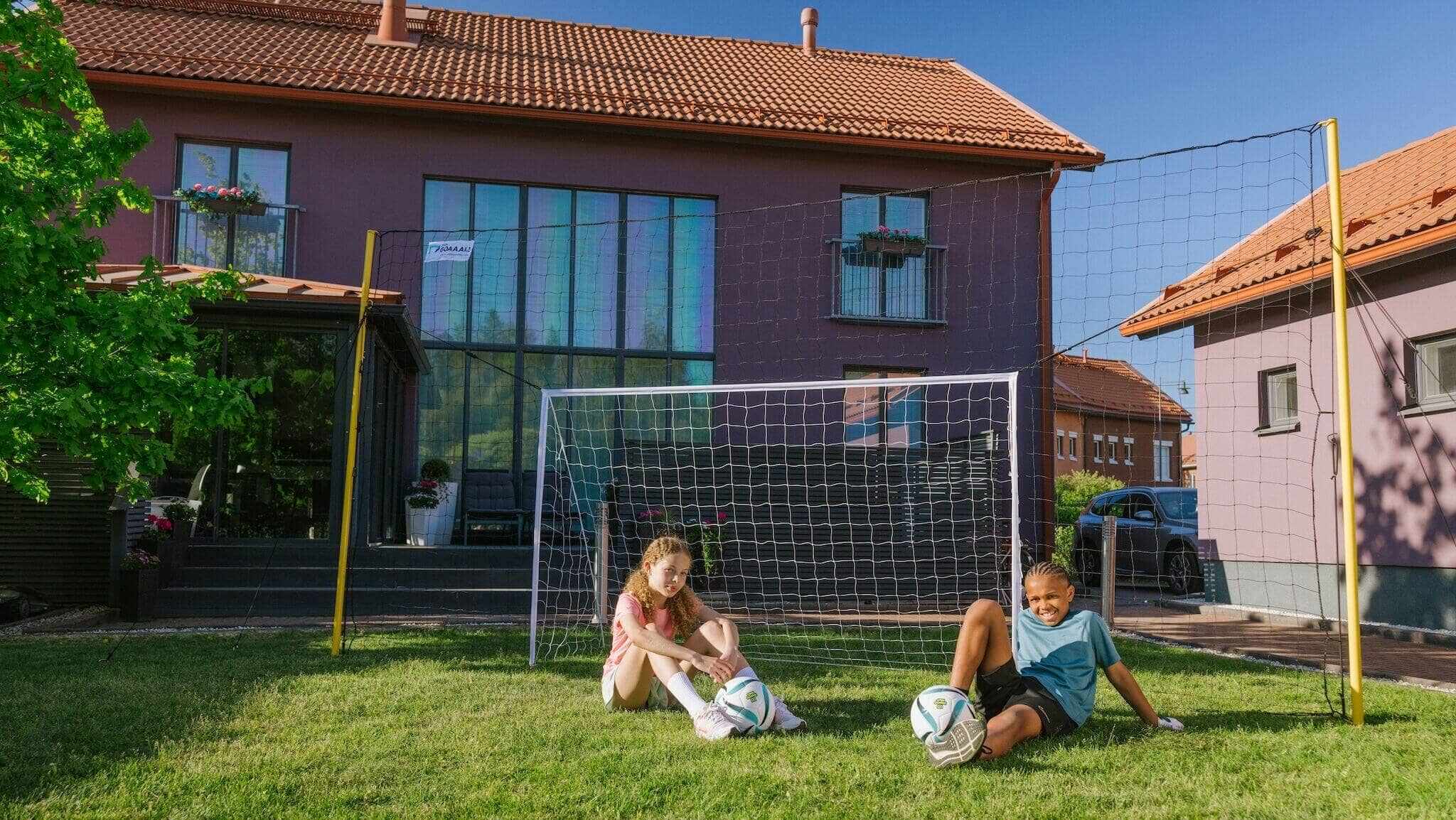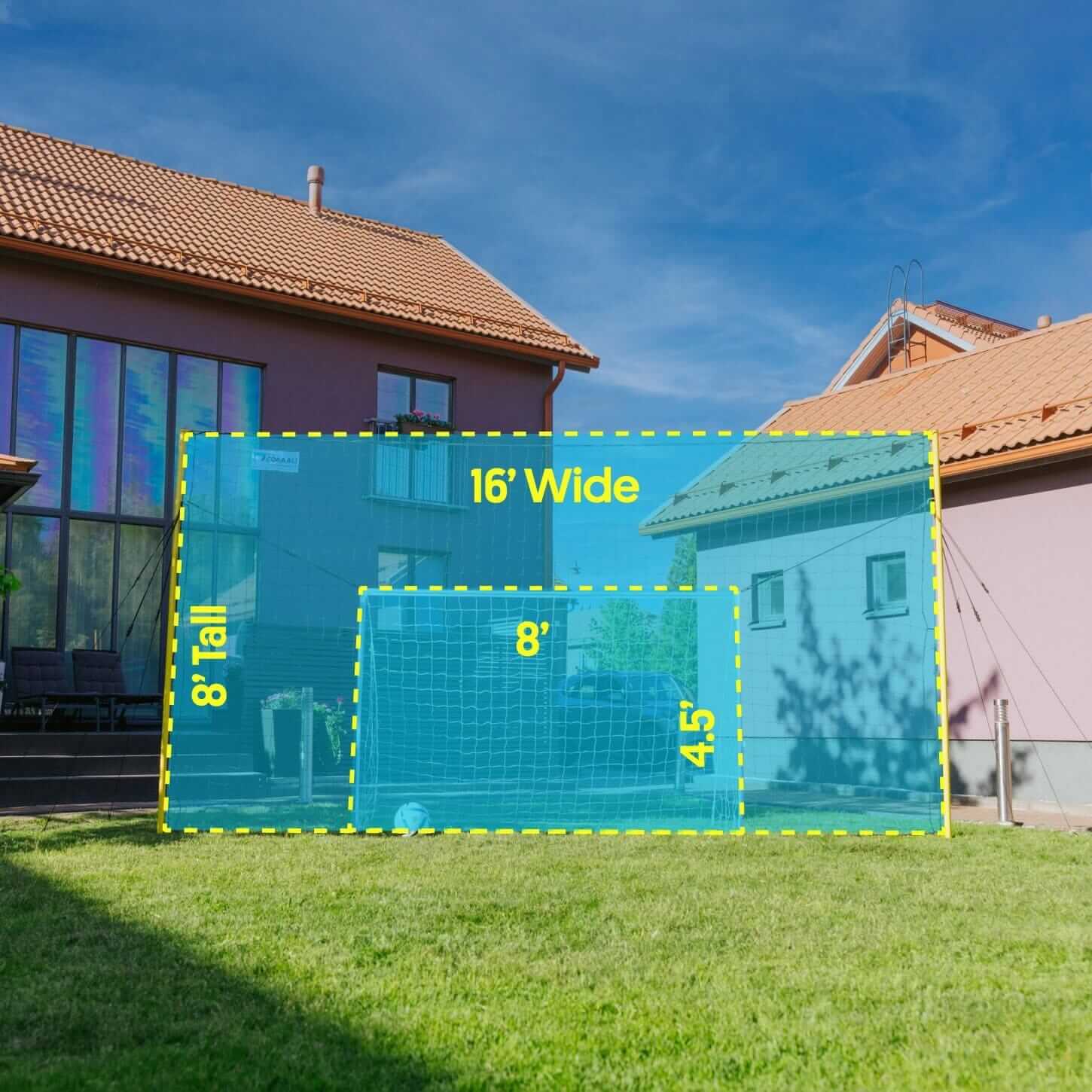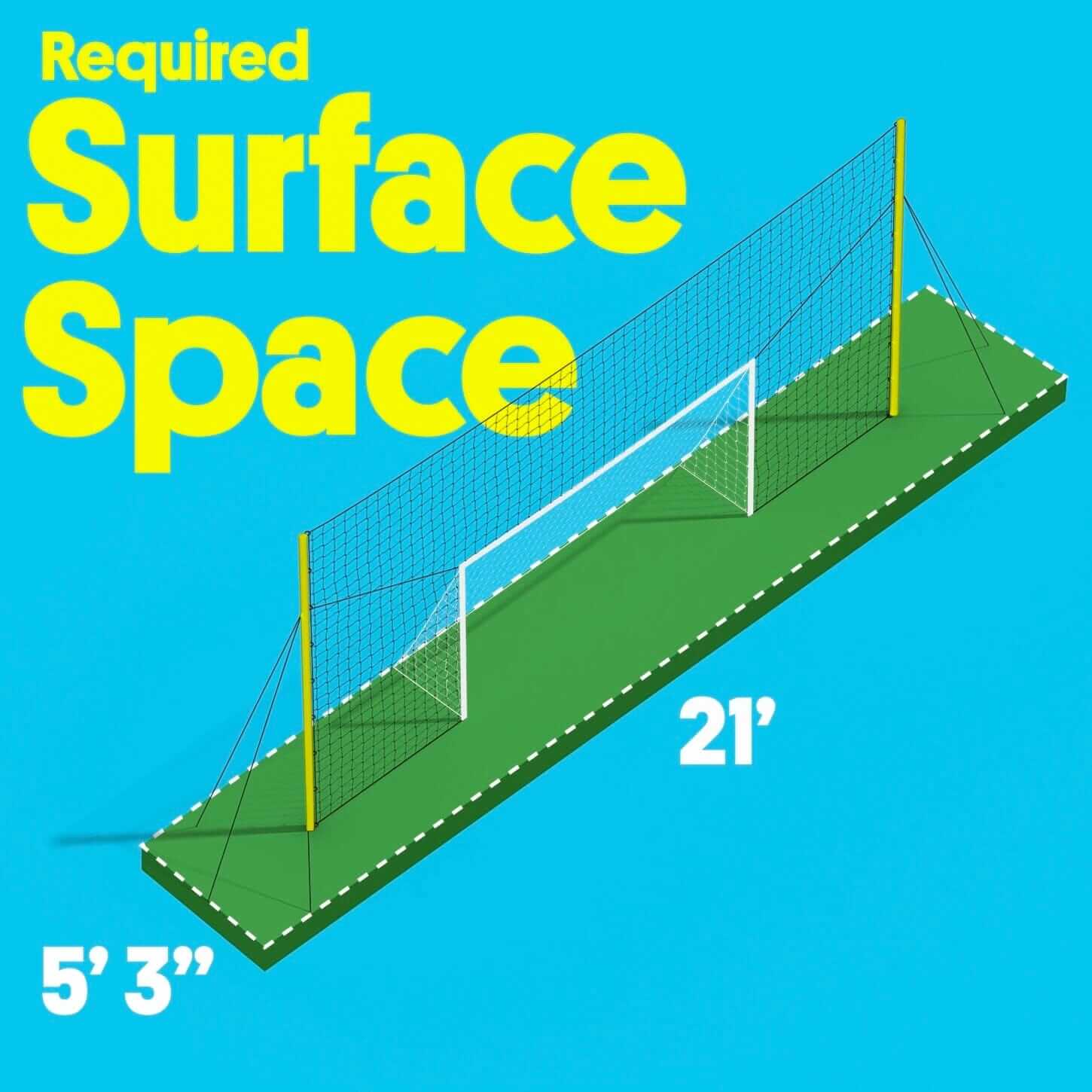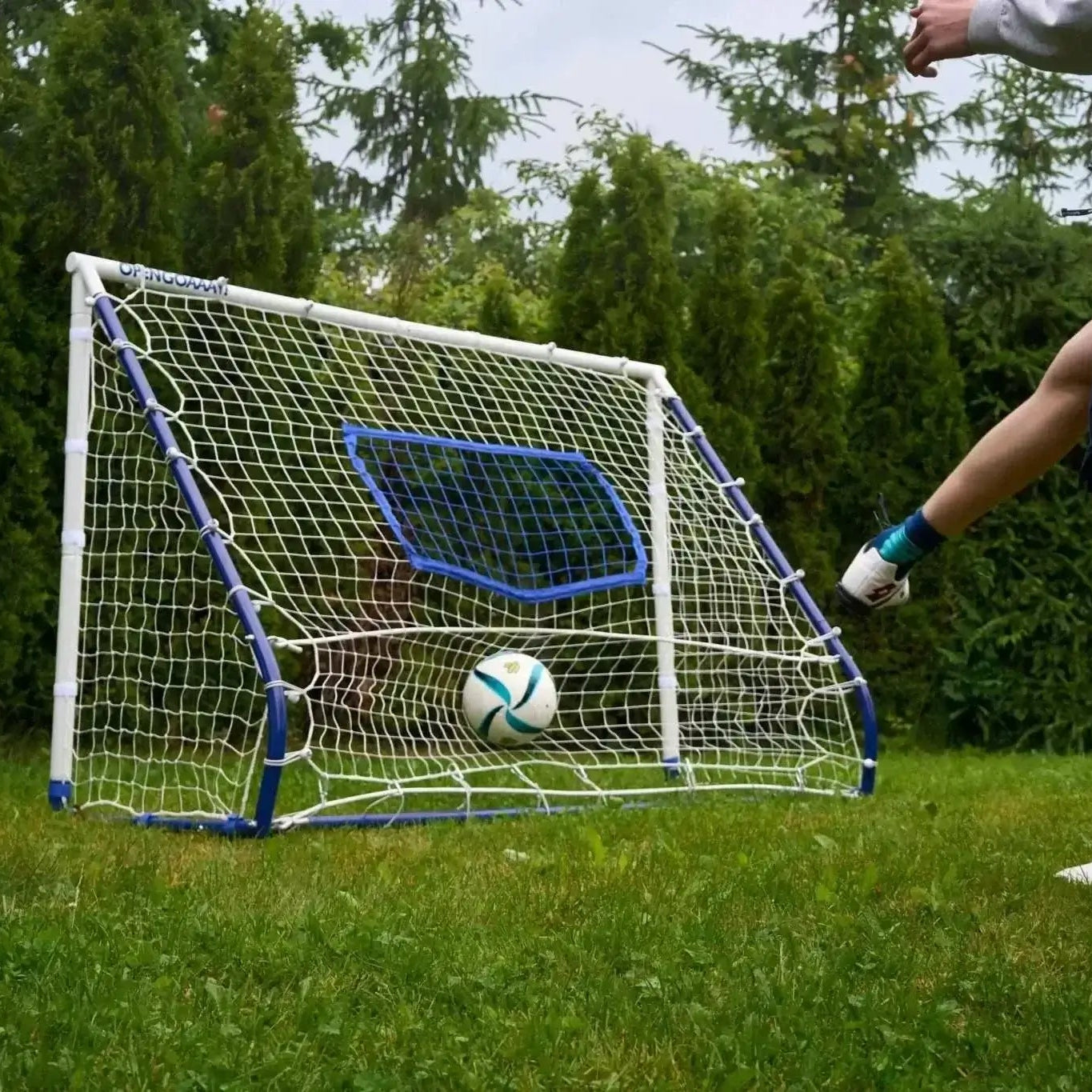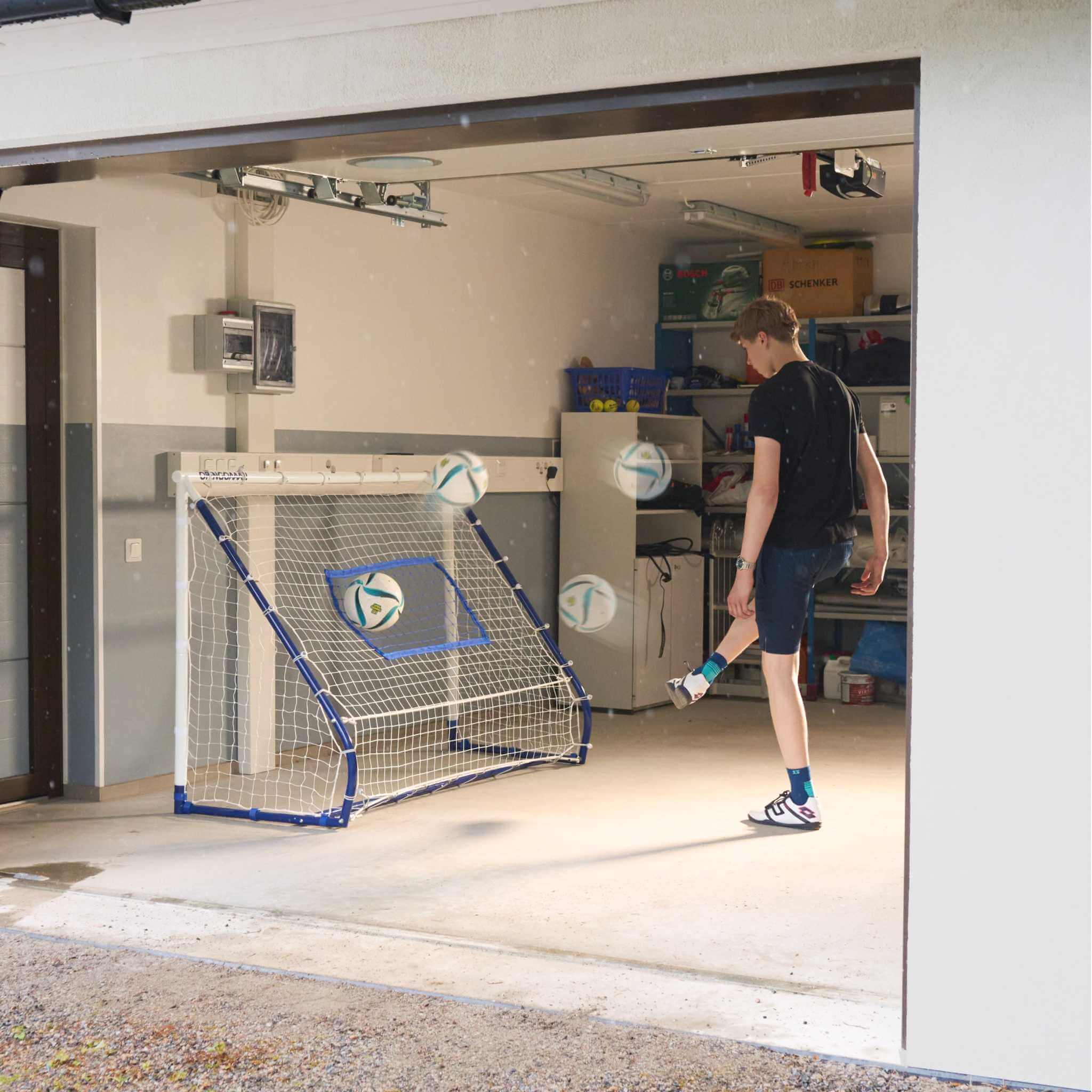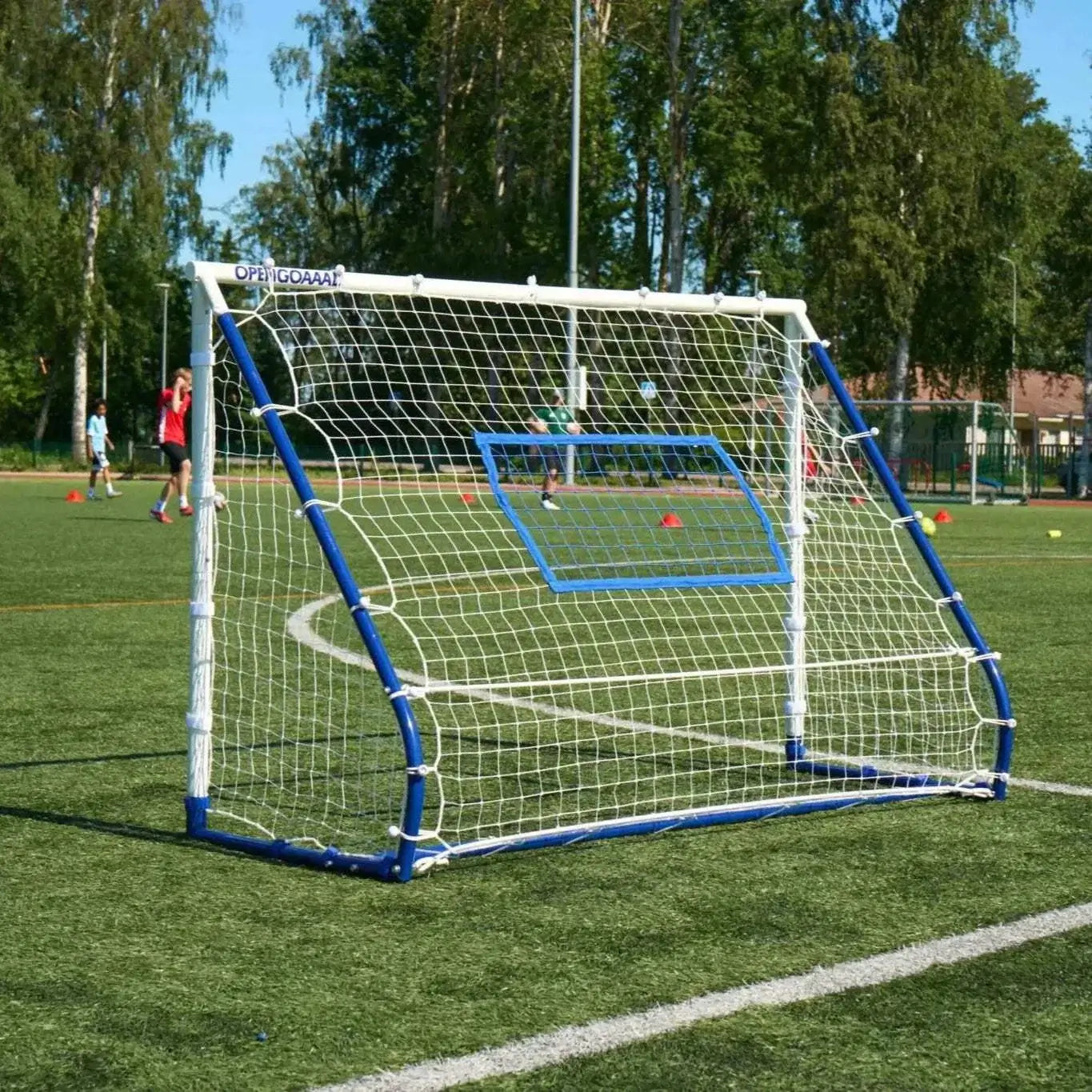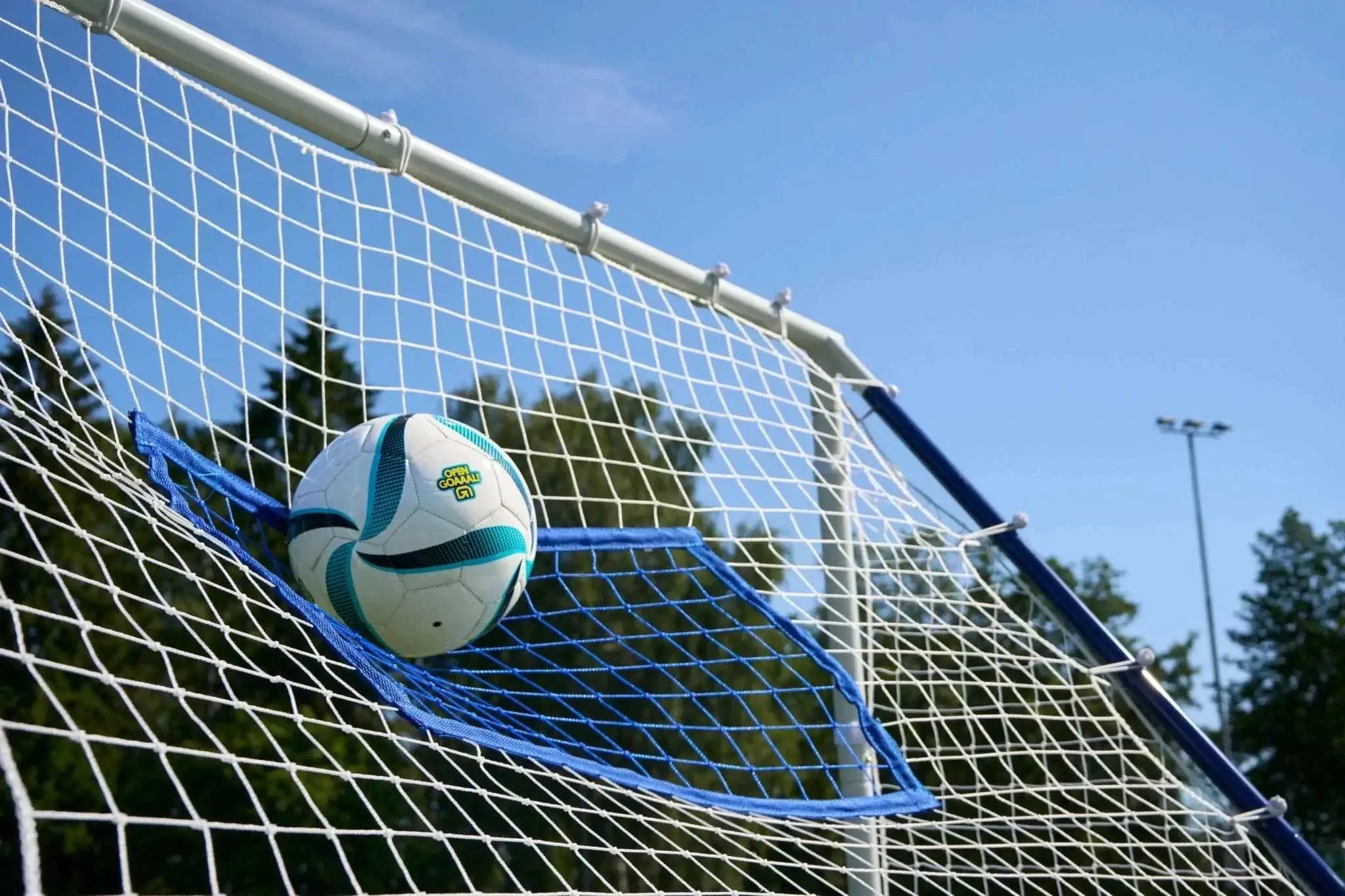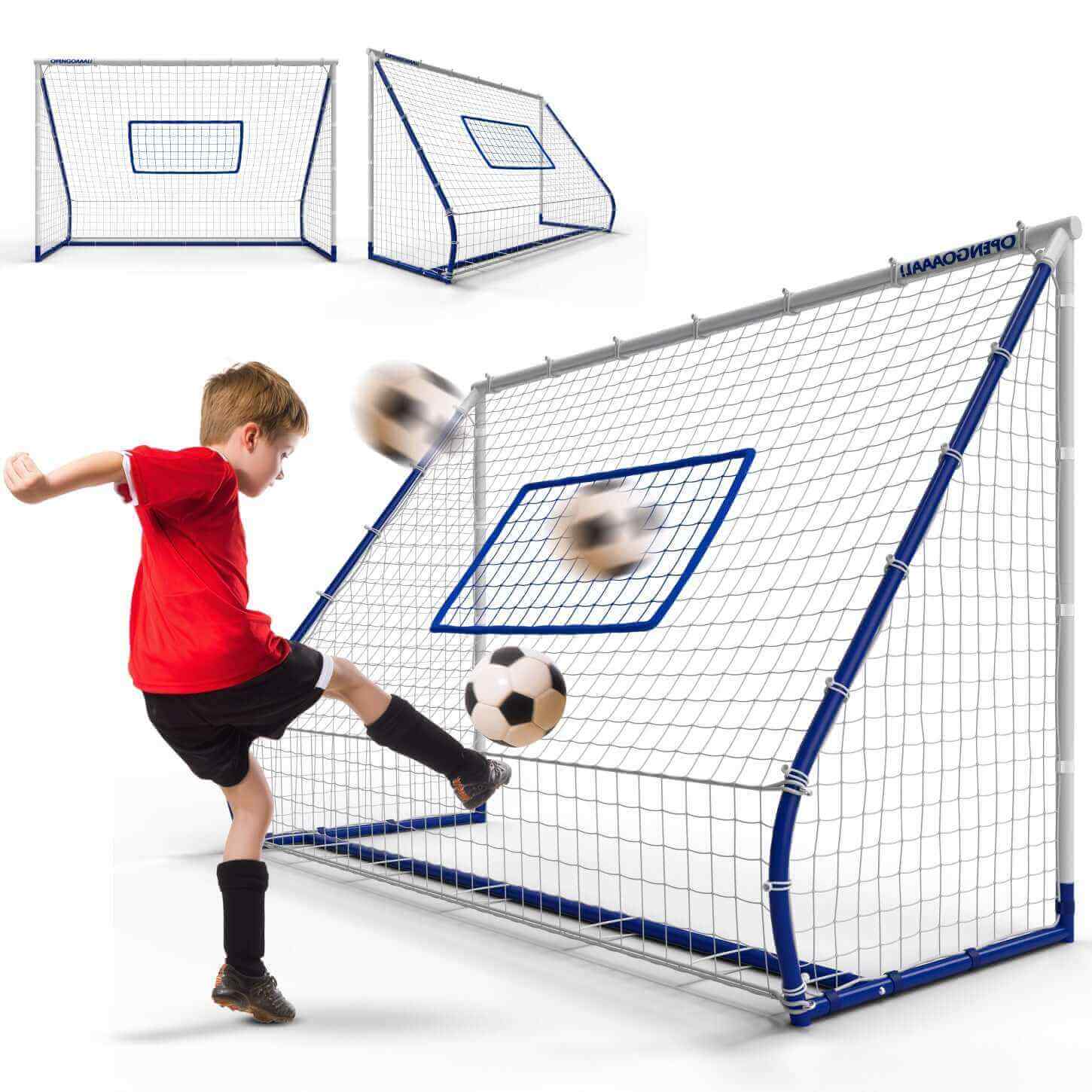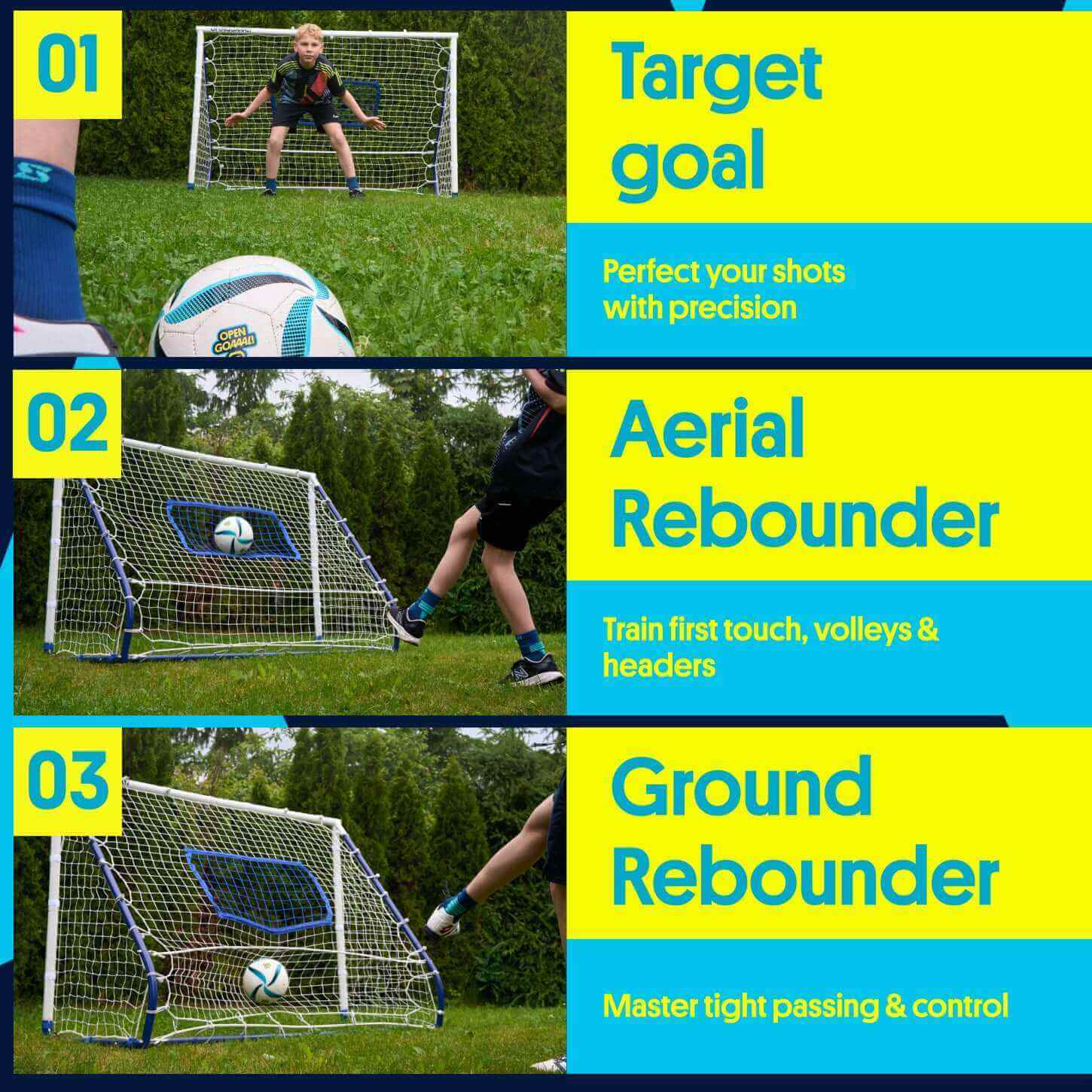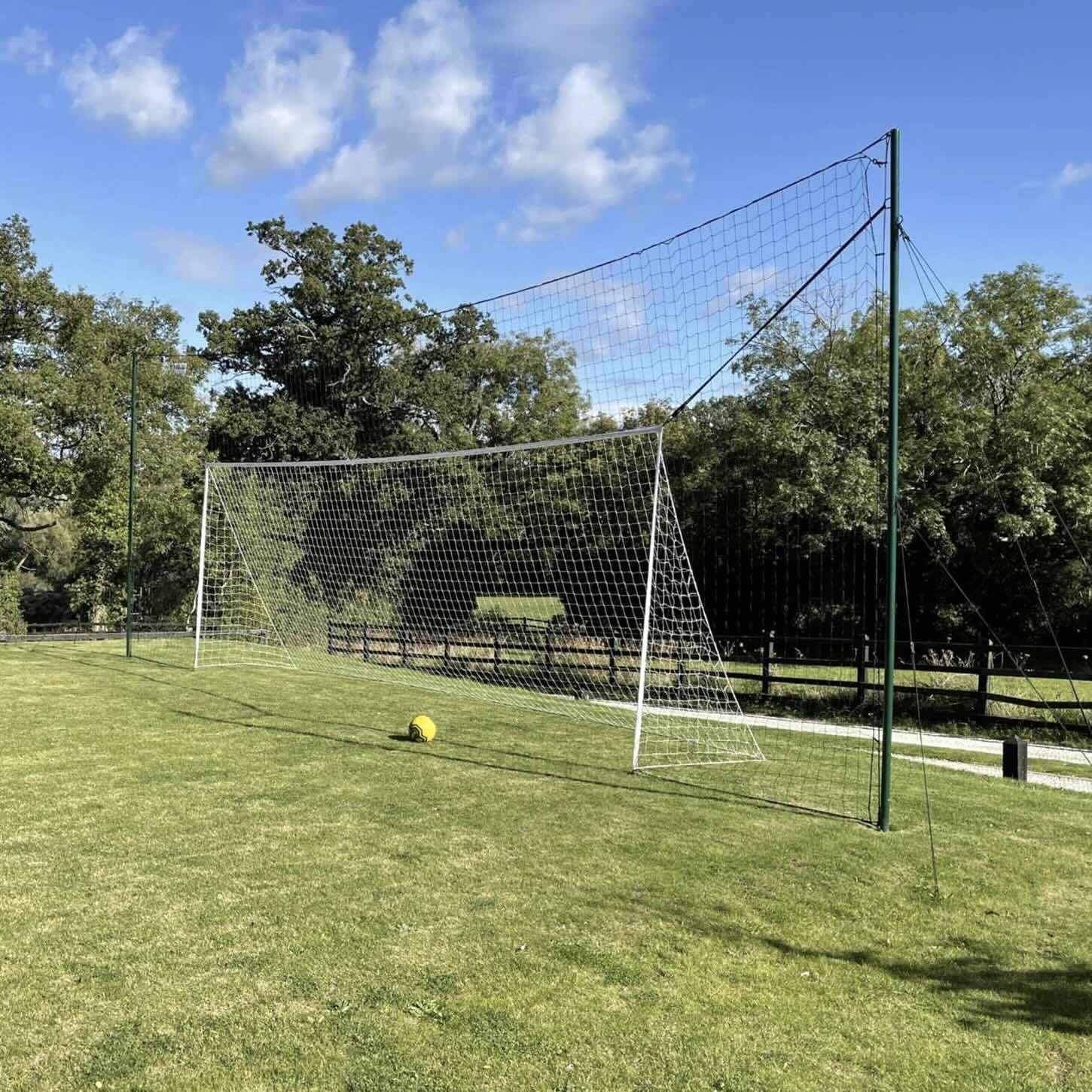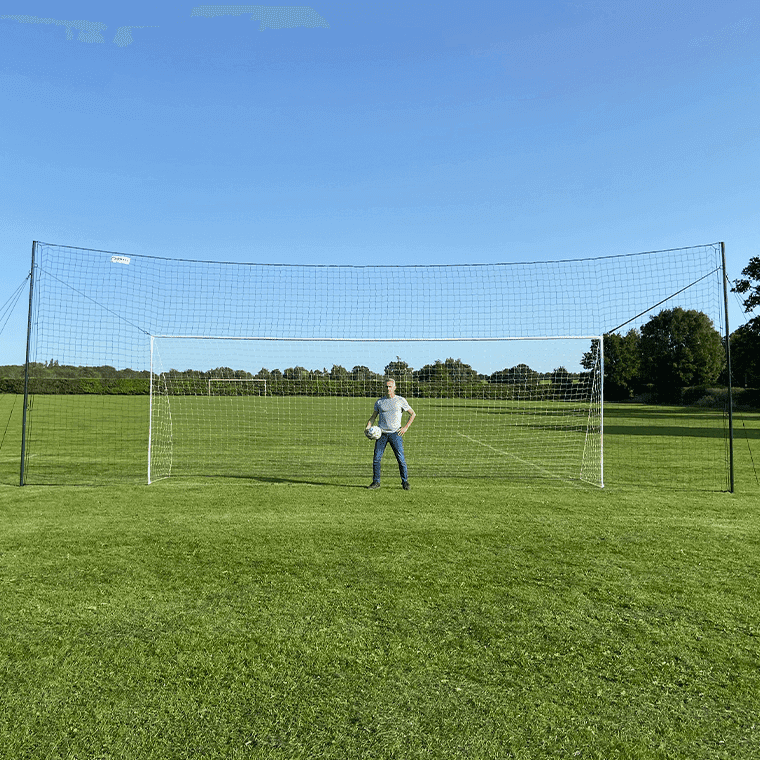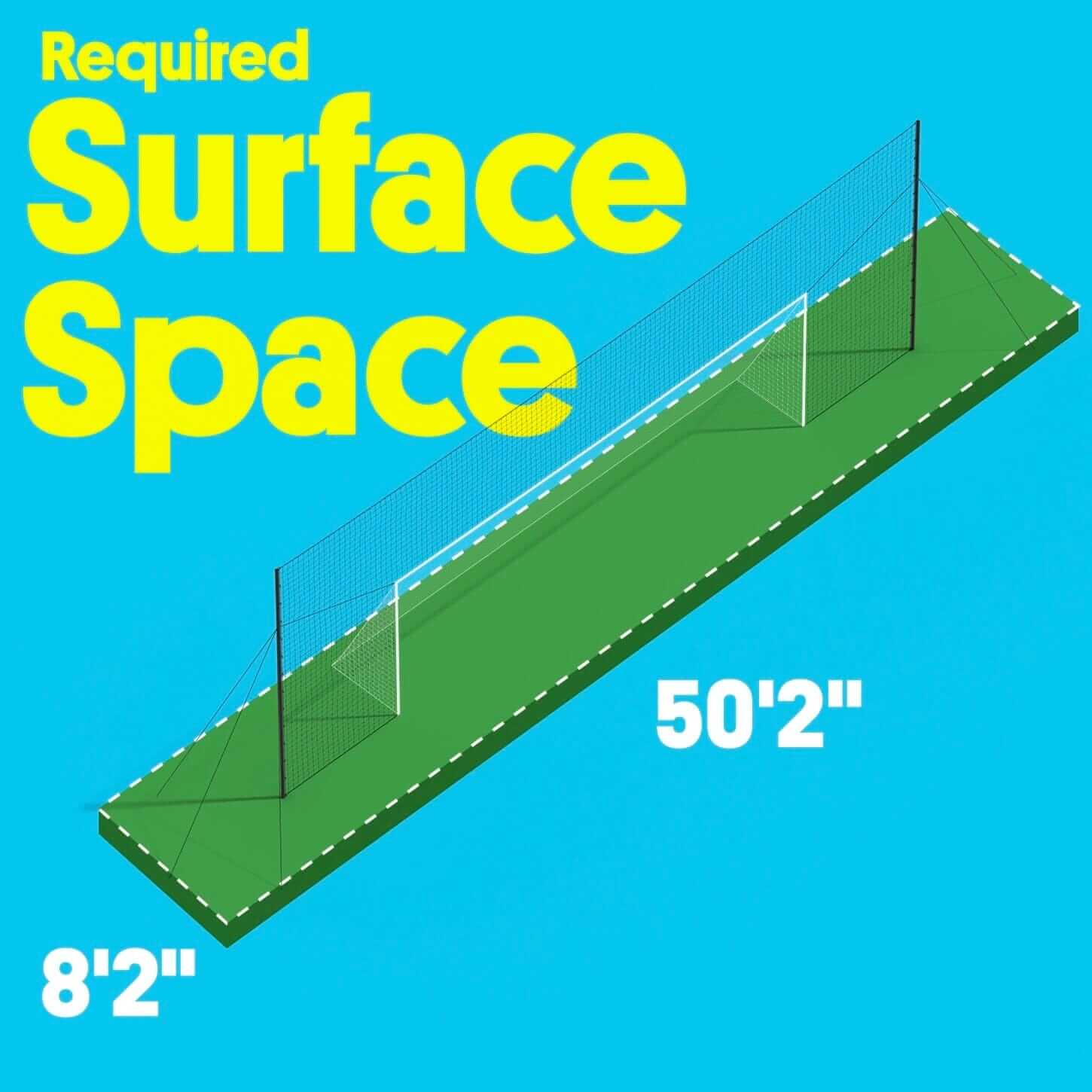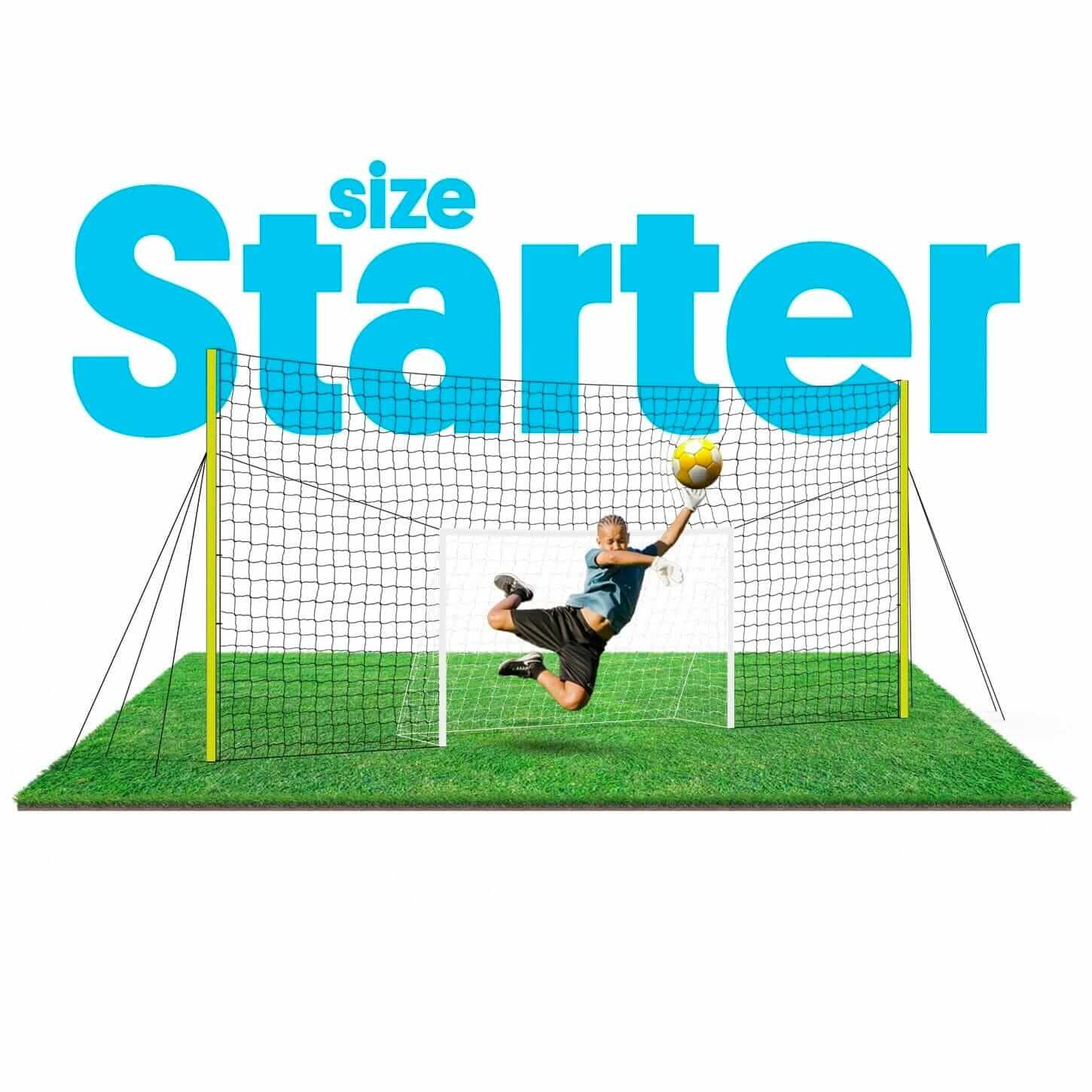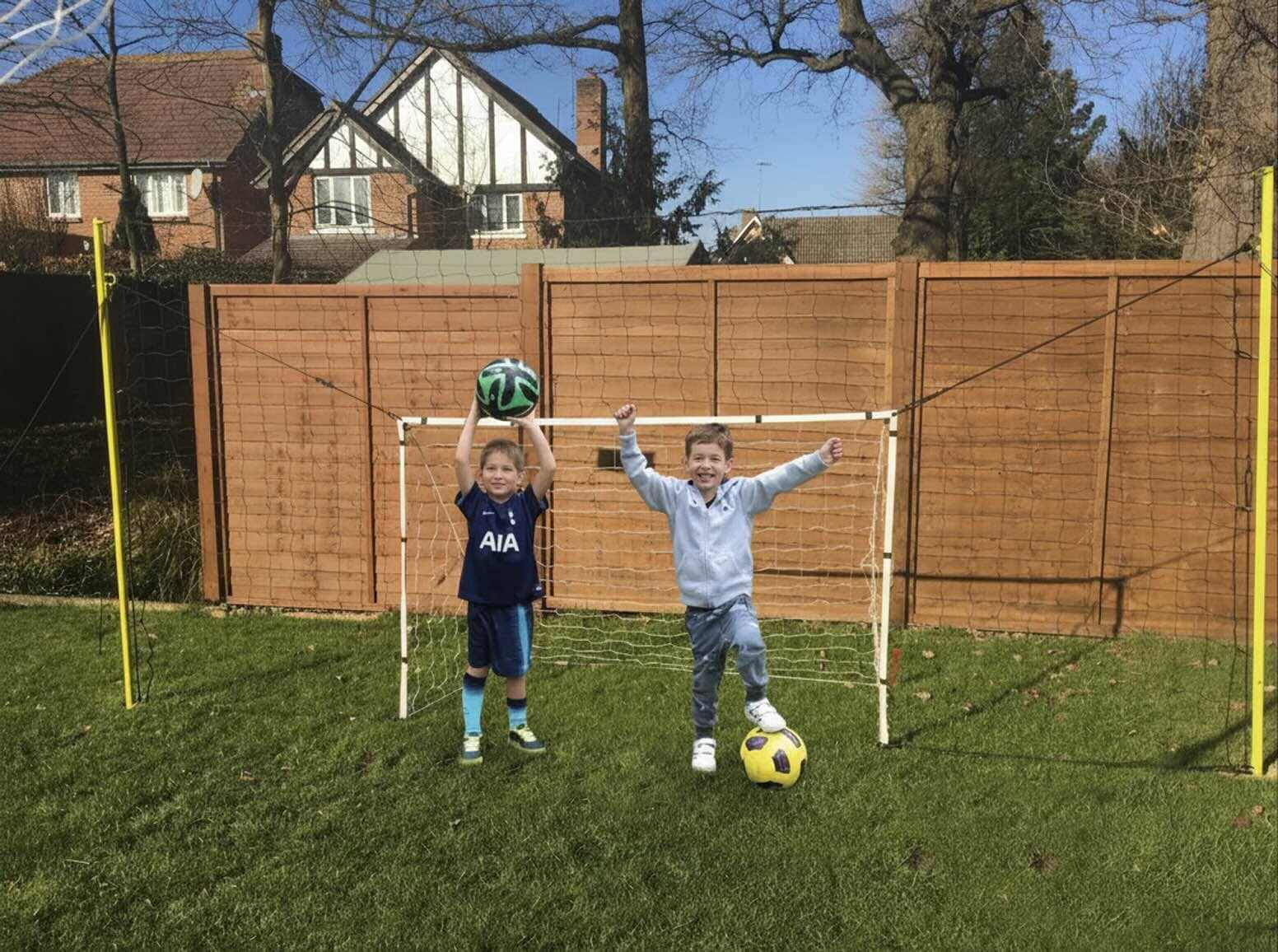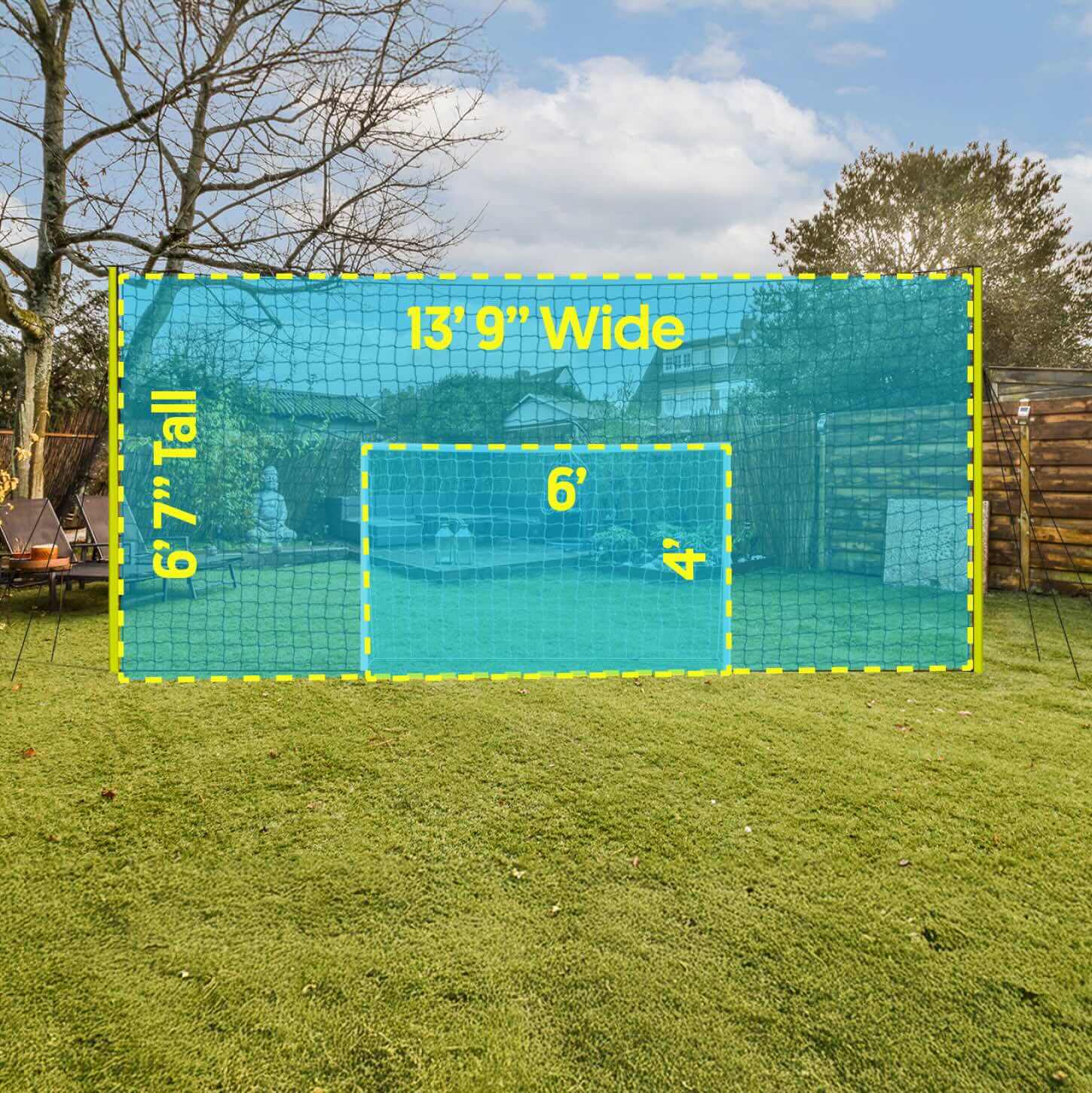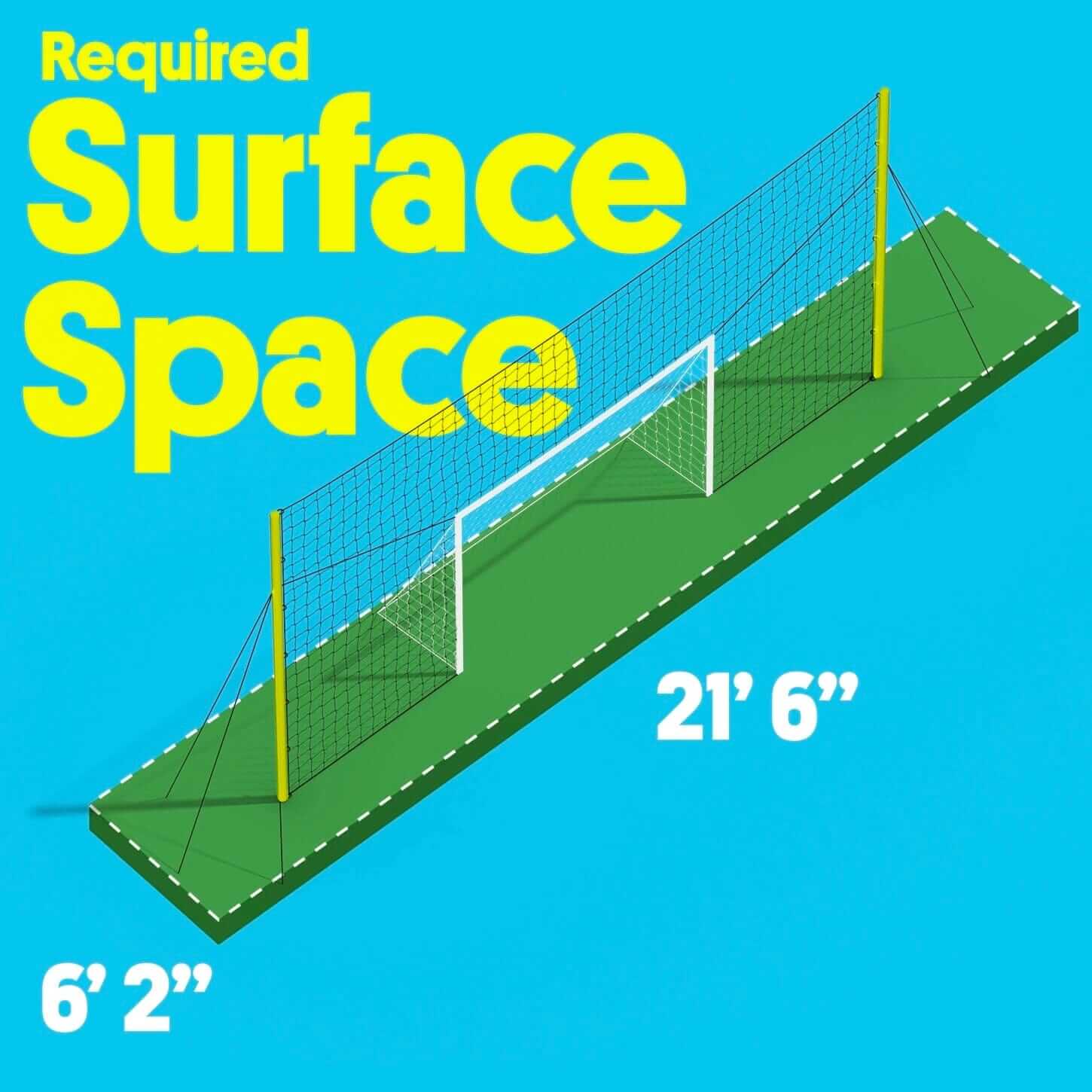Playing soccer involves learning some basic skills, whatever the position of the player. While these skills are a must for any youth soccer team, players need to keep improving on them throughout their careers.
The fact is, without knowing or mastering these soccer fundamentals, no player can expect to perform as an effective team player.
Here, we discuss the fundamentals of soccer that are necessary for players of any age group.
Offensive Fundamentals of Soccer
Basically, there are three soccer fundamentals for all the offensive moves. These are penetration, support, and mobility. Beyond that, there are secondary factors like communication, creativity, and using the entire width of the field while attacking.
Offensive strategies in soccer can vary based on the skill level of the players and the match conditions. However, when it comes to soccer for beginners, you need to focus on the following aspects of the game.
Dribbling
Dribbling is one of the basic skills in soccer that involves moving the soccer ball past the defenders by keeping it close to the feet. It also helps to create new passing angles and move out of pressure.

While many experts believe that dribbling is “an art and not a science,” there are basic footwork and ball control skills that young soccer players need to learn.
These include the ability to use the leading edges of the feet to manipulate the ball and change directions quickly without losing control or balance.
The heel or the instep can also be used to gently control the ball, as long as the player remains balanced and ready to make the next move.
It is natural for young players to focus on the ball while practicing dribbling skills. But you need to reinforce the idea of observing the ball with peripheral vision while using direct vision to look out for opportunities created by teammates.
Passing
One important point of dribbling is to create opportunities for passing. Passing helps to maintain ball possession and will create opportunities for scoring.
For example, when a defender comes to challenge a dribbling midfielder, open space is created in the field. A teammate can rush to this position to receive a pass.
Basic soccer training should include making and receiving strong passes directly to the feet. If that is not possible, a player should not make it too difficult for the teammate to receive the pass.
A passing drill should consist of long passes, wall passes, and backward passes. Players should also practice signals to communicate while passing. Other than that, power, precision, and timing are three factors for successful passing.
Trapping/Stopping
The art of trapping the ball is an essential soccer skill that every player should perfect. In fact, successful trapping is essential for effective passing and dribbling. Great players like Cristiano Ronaldo have excellent trapping skills that make them champion dribblers.
With proper trapping, the ball should stop at the player's feet. Now they can shoot it or dribble with it. While practicing, players should learn to trap rolling, bouncing, as well as high balls. If the ball is spinning, controlling the spin is necessary while trapping.
Trapping involves receiving high balls as well as low passes. Low balls can be stopped with the inside of the foot, the bridge of the foot, or the thigh. For receiving high balls, the chest or the head is used.
No matter how a player traps the ball, they should allow that body part to relax to prevent the ball from bouncing off.
Shooting
The main objective of shooting the ball is to propel it into the opponent’s goal by overcoming the goalkeeper. Once the young players learn the basic skills of dribbling and passing, they should be introduced to the more advanced skill of shooting.
Most 6 to 8-year-olds make the mistake of putting too much power in the ball without focusing on accuracy. Investing too much power without accuracy causes the maximum number of misses. For this reason, soccer drills like hitting a target with a ball are very effective to enhance accuracy levels.
To start with, the players should learn to make the shot along the ground. For the goalie, it is more difficult to get down and stop such shots. Besides, adding a spatial dimension to the shot at an early stage may cause a player to sacrifice accuracy.
Ideally, the inside of the foot is the best spot for hitting the ball with maximum power. Players should learn to plant the non-striking foot in the right spot and point it at the target before making contact with the ball. The focus should be on the point of the ball where the kick will land.
Offensive Positions
In every soccer team, specific players are placed in offensive and defensive soccer positions. The two main offensive positions are listed below.
Strikers
The striker is the primary goal scorer who is placed closest to the opponent’s goal. They are also called forwards. Strikers should be good shooters and have sufficient confidence and skill in moving through the defenders. Strikers often make good team leaders.
The center forward is the main striker. Sometimes a support striker is used who plays the role between a midfielder and the main striker. They stay closer to the center of the field than the main striker.
Wingers are strikers who play along the left or right side of the field and pass the ball to the main striker. They should have the ability to make accurate passes.
Midfielders
Midfielders play a crucial role in any game as they play an offensive as well as a defensive role. While they are positioned behind the strikers, they may need to cover the entire field depending on the conditions.
An attacking midfielder plays an offensive role that is aimed at creating the best opportunity for the strikers. These are aggressive players with great ball control and passing skills. Depending on the soccer formation you are using, this role can overlap with that of a striker.
The center midfielder stays at the center and connects the defense and offense. They have the best view of both sides and play a major role in controlling the game
Other than that, there are right-sided and left-sided midfielders, who are also called wingers. They are positioned on the respective sides of the field and generate attacks from these sides.
Movement off the Ball
During a game, a player will spend the maximum time without ball possession. For any good player, off-the-ball movement between the lines of the opposing team is the key to scoring.
Any player not in possession of the ball can move to find open or unmarked space between the opponent’s lines. Now they can be ready to take the best technical action based on the context of the game.

Defensive Fundamentals of Soccer
The fundamentals of soccer defensive tactics involve applying pressure and reducing open space for the opponent. At the same time, defenders need focus, patience and discipline to avoid mistakes and maintain the right defensive formation.
Clearances
The most important aspect of defensive soccer basics is clearing the ball from the defensive third of the field. Defenders require special practice for controlling difficult balls and kicking them away from the goal.
Note, defenders can clear the ball high and wide without meaning to pass it to any teammate. Clearing is often preceded by intercepting the ball, which means taking control of the ball when it is not in possession.
1v1 Defending
In soccer for beginners, 1v1 is one of the fundamental skills needed for a defender to dispossess an opponent. Even if the defender cannot possess the ball, the move can make the ball go out of play.
Ideally, the closest defender should reach the attacker at the quickest possible time. When an arm’s length away from the attacker, the defender should slow down to match the pace.
For defenders, the best way to approach it is to keep the body at a 45-degree angle. Keeping an eye on the opponent’s chest and hip without losing sight of the ball will help in guessing their movements.
Tackling
When the opponent is in an advantageous position, tackling is one of the best ways to gain possession of the ball. A defender can do a standing or block tackle while staying on their feet. The other option is a sliding tackle with the body on the ground.
Since remaining on their feet will give the players a better chance of gaining control of the ball, block tackles are preferred over sliding tackles.
The golden rule of tackles is to target the ball and not the player. Excessive physical contact without winning the ball can lead to a foul against the defender. This is one point that should be focused on during training sessions.
While tackling and sliding look great, they are also one of the most common causes of injuries. Make sure to provide the right tips during soccer coaching sessions to prevent such injuries.
Catching
Catching the ball in the right manner is an extremely important aspect of a player’s development as a goalkeeper. The art of goalkeeping involves taking the right stance and catching the ball with not just the hand but with the entire body. That makes basic footwork an essential aspect of goalkeeper training drills.
Generally, the basket catch is used for balls coming below waist height. For balls coming at chest height, the diamond catch is used.
Final Thoughts
As a coach, make sure that the training sessions about the fundamentals of soccer are supported by the necessary core exercises. Mix up the general fundamentals with position-specific soccer fundamentals to ensure the overall growth of a player.
To get the best out of the small-sided games and training sessions, check out our 3-in-1 soccer rebounder. Youth soccer players love this innovative design that helps to keep the ball in their own yard. We offer multiple sizes to match your exact needs.




